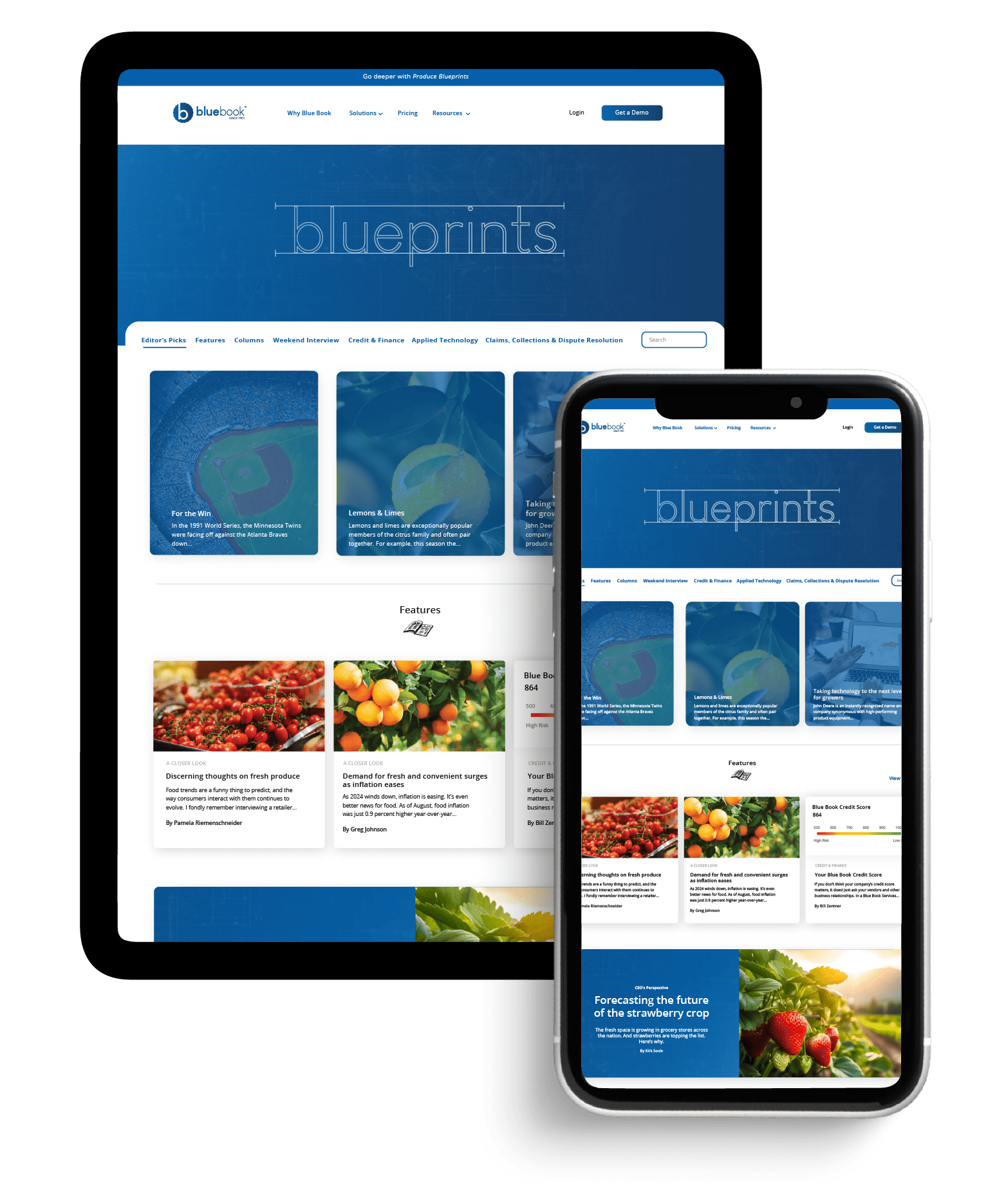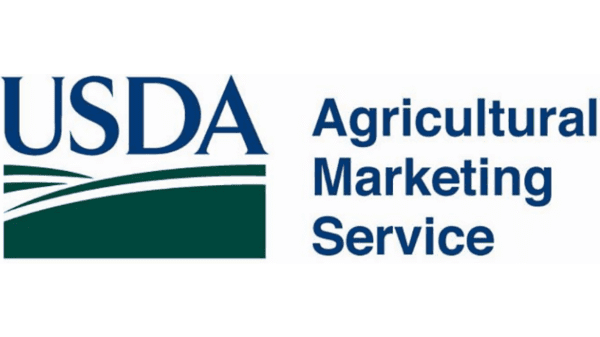
It’s remarkable the way U.S. Department of Agriculture (USDA) inspection certificates can represent a shipment of produce on a piece of paper.
An inspection certificate, in a sense, becomes the produce in question at the time and place of the inspection—at least for dispute resolution purposes. Kudos to the inspectors who make this happen.
But, of course, the information provided on inspection certificates needs to be properly interpreted. No one wants to be taken advantage of, or needlessly aggravate a customer or supplier, by misinterpreting an inspection certificate.
In this article we discuss five tips for produce professionals to keep in mind when reviewing USDA Fruit and Vegetable Inspection Certificates completed at destination.
#1 “Fails to Grade U.S. No.1”
Statements on inspection certificates such as “Fails to grade U.S. No.1 account condition,” look conclusive. But, in fact, these statements may not be very meaningful.
First, was this product sold on a U.S. No.1 basis? If not—perhaps the product was sold U.S. No. 2, or more likely, without a grade or “no grade”—then the seller was under no obligation to provide U.S. No. 1 product.
Second, even if this product was sold as U.S. No.1, if it was sold on a free on board (FOB) basis, then the seller was only required to meet the requirements of the U.S. No.1 grade standard when title passed at shipping point, as opposed to days later at the contract destination.
Consequently, an inspection certificate stating that product failed to make grade account condition at destination says little about whether the product complied with the sales agreement.
#2 Quality Defects
Quality defects, such as scarring, are relatively permanent in nature, as opposed to condition defects, such as bruising, that get worse over time. Per long standing Perishable Agricultural Commodities Act (PACA) precedent, when product is sold without a grade, quality defects do not score against the seller’s warranty of suitable shipping condition (see 7 C.F.R. 46.43(j)).
Consequently, if the defects reported on a timely USDA inspection certificate include quality defects—and the inspector will clearly label any quality defects—it is important not to add these defects to the total percentage of condition defects when assessing whether the product made good arrival. Quality defects do not score against good arrival where no grade product is concerned.
#3 Partial Inspections
Buyers and sellers don’t contract for perfect produce; some amount of defects is anticipated and this amount is usually stated as a percentage. For example, PACA’s Good Arrival Guidelines for most commodities permit 15 percent average defects upon arrival after a five-day trip.
Therefore, when considering whether a shipment of produce complied with the sales agreement, any cartons not made available for inspection must be factored in as defect-free.
If, for example, the lot consisted of 1,000 cartons but only 750 were made available for inspection, the percentage of defects appearing on the face of the inspection certificate must be reduced by 25 percent to arrive at the relevant percentage.
#4 Restricted Inspections
Although not preferred, when USDA inspectors are unable to readily access samples from throughout a shipment, they will indicate that the inspection was restricted to rear pallets (for instance) in the remarks section of the certificate.
Unlike partial inspections, per PACA precedent, restricted inspections are generally presumed to be representative of the entire shipment or lot in question. However, a buyer relying on a restricted inspection will want to be especially diligent in ensuring that the seller promptly receives a copy of the inspection certificate.
For its part, if the seller does not believe a restricted inspection is representative of the entire shipment, it should immediately call for an unrestricted inspection.
#5 Individual Packages
In addition to tolerances for average, serious, and very serious defects affecting the lot as a whole, many U.S. grade standards provide an additional tolerance for individual packages.
For instance, Sec. 51.307(a)(1) of the U.S. grade standard for apples provides that bags of 10 pounds or more–
[s]hall have not more than one and one-half times a specified tolerance of 10 percent or more
and not more than double a tolerance of less than 10 percent, except that at least one apple which is
seriously damaged by insects or affected by decay or internal breakdown may be permitted in any
package.
The range of defects found in individual packages is reported on USDA inspection certificates in parenthesis to the right of the description of the defect if the range exceeds the tolerance applicable to the lot as a whole.
So when reviewing an inspection of Red Delicious apples, there might be defects described as “Quality – Undercolor & Misshapen (0 to 30%).” Although, it is rare to see product rejected for breach of a tolerance applicable to individual packages, the 30 percent found in one package of apples sold with a U.S. grade may be grounds for rejection.
More broadly, sample ranges on inspection certificates can be useful when assessing returns from a distressed lot. For instance, when reviewing a reseller’s account of sales, the presence of a low-end range of 0 percent suggests at least some of the packages retained significant value.
Conclusion
Securing a timely inspection certificate, promptly sharing it with all interested parties, and correctly interpreting the information provided all go a long way toward resolving trouble loads in a professional manner.
Please send any questions or comments to dnelson@bluebookservices.com.





